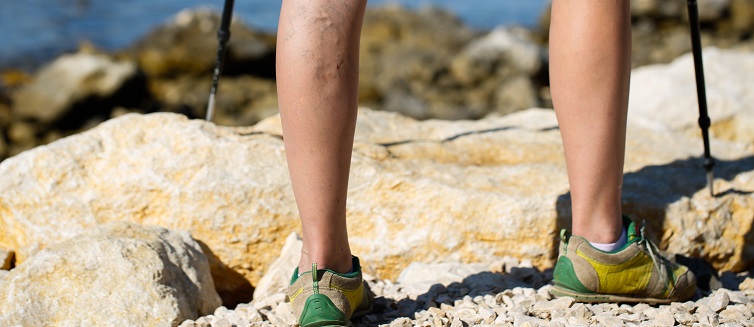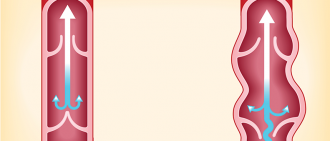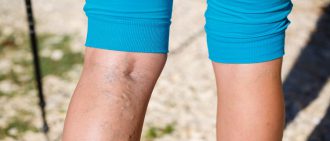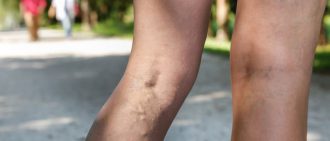Varicose veins are twisted, swollen veins that bulge from beneath the skin. This common condition can affect both men and women and appears most often in the legs. Varicose veins can cause discomfort and make you feel self-conscious. There are, however, many treatment options available for varicose veins.
Not all people with varicose veins will have a clear underlying cause, says Natalie Sridharan, MD, a vascular surgeon with UPMC, but there are a number of risk factors related to the condition. Women who are pregnant – or as they age or gain weight – are more likely to develop varicose veins. Luckily, there a few things you can do to prevent varicose veins during pregnancy.
Many of the patients Dr. Sridharan treats are people with jobs requiring extended periods of standing, such as nurses and restaurant workers.
“Some of it is luck of the draw, but there are certainly things that put patients at higher risk of developing varicose veins,” says Dr. Sridharan. “Patients with a history of a DVT (deep vein thrombosis) or blood clot can be at increased risk…and patients with a family history. There’s a strong genetic component to varicose veins.”
Find out the best time of the year to seek treatment.
-
Frequently Asked Questions: Varicose Veins
Find frequently asked questions about varicose veins including, symptoms, prevention, and treatment options.Learn More
-
When Should I Get Spider or Varicose Vein Treatment?
There are treatment options available for spider or varicose veins. Find out the best time of the year to seek treatment for this common condition.Learn More
-
What Are Spider and Varicose Veins?
Learn more about spider and varicose veins from the UPMC Vein Center.Learn More
-
Preventing Varicose Veins During Pregnancy
Luckily, there a few things you can do to prevent varicose veins during pregnancy. Learn more about treatment and prevention of varicose veins while expecting.Learn More
Editor's Note: This gallery was originally published on , and was last reviewed on .




